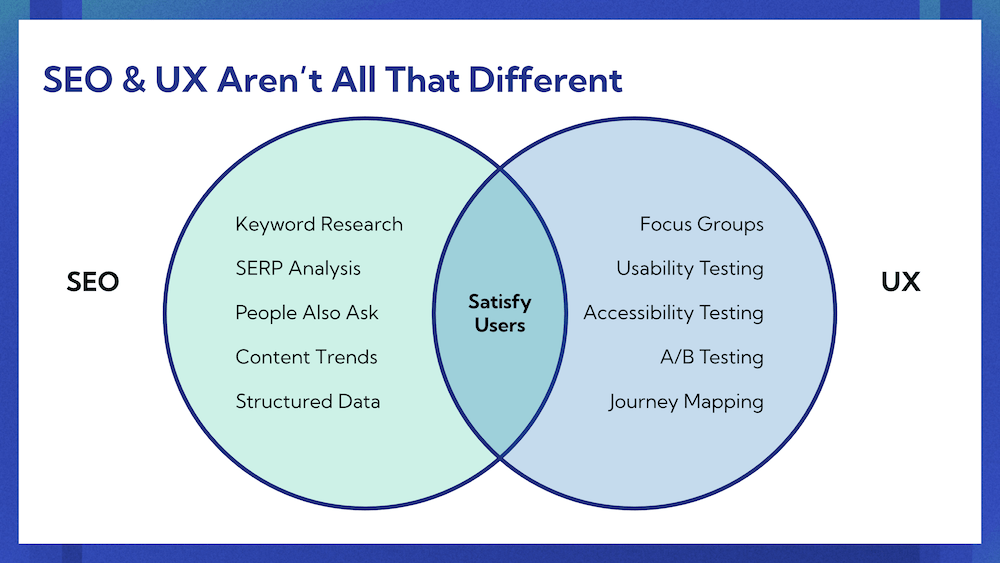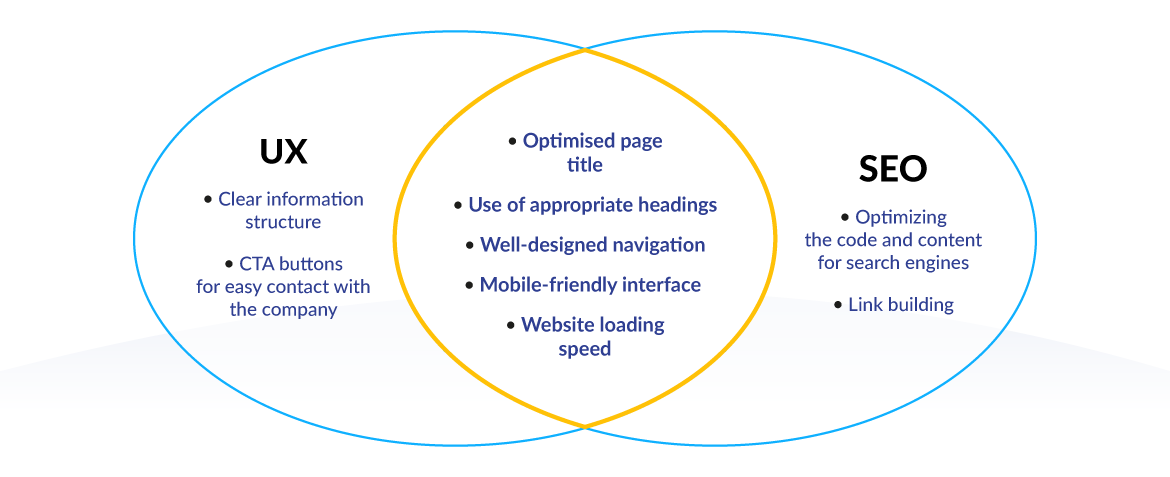How Web Development Impacts SEO and User Experience
Web development plays a crucial role in determining how well your website performs in search engine rankings and how users experience your site. Every decision made during the development process—from coding practices to design choices—can directly impact both SEO (Search Engine Optimization) and user experience (UX). In this article, we’ll explore the connection between web development, SEO, and UX, and discuss how optimizing your website’s development can lead to higher search rankings and a more engaging user experience.
The Connection Between SEO and Web Development
SEO is the practice of optimizing your website to rank higher in search engine results pages (SERPs). Effective web development is a key component of SEO, as it helps search engines crawl, index, and understand your website content. Here are some ways in which web development influences SEO:
1. Website Structure and Navigation
- Impact on SEO: A clear, well-organized website structure ensures that search engines can easily crawl and index your pages. This includes having a logical hierarchy of content, user-friendly navigation, and the use of internal links to connect related pages.
- Impact on UX: From a user experience perspective, an intuitive website structure allows visitors to quickly find the information they’re looking for. Easy navigation contributes to a seamless user journey, reducing bounce rates and increasing engagement.
2. Mobile-Friendliness
- Impact on SEO: With mobile-first indexing becoming the standard, search engines like Google prioritize mobile-friendly websites. Websites that are not optimized for mobile devices may experience lower rankings and reduced visibility in search results.
- Impact on UX: A mobile-responsive design ensures that users can access your site easily from smartphones and tablets, enhancing their overall experience. Users are more likely to stay on a site that is easy to navigate and visually appealing on their mobile device.
3. Page Speed
- Impact on SEO: Google has made page speed a ranking factor, meaning slower websites are likely to rank lower in search results. Fast-loading pages are essential for SEO, as they provide a better experience for users and improve your site’s visibility.
- Impact on UX: A slow website can lead to frustration and increased bounce rates. Fast loading times contribute to a positive user experience, as users are more likely to stay on your site and explore further if it loads quickly.

4. Clean and Optimized Code
- Impact on SEO: Well-structured and clean code helps search engine bots crawl and index your pages more efficiently. Avoiding unnecessary code, redundant elements, and broken links can help improve the site’s SEO performance.
- Impact on UX: Clean code contributes to better website performance, resulting in a smoother browsing experience for users. A website that runs efficiently and doesn’t have technical issues will retain visitors and encourage them to explore more content.
5. URL Structure
- Impact on SEO: SEO-friendly URLs are short, descriptive, and include relevant keywords. Search engines value URLs that reflect the content of the page, helping them understand what the page is about and improving its ranking potential.
- Impact on UX: Clear and descriptive URLs are easier for users to understand. When users can quickly identify the content of a page from its URL, they are more likely to trust the website and continue browsing.
The Role of Web Development in Enhancing User Experience
User experience is all about how users feel when interacting with your website. A positive user experience leads to higher engagement, longer time spent on the site, and better conversion rates. Here’s how web development influences UX:
1. Responsive Design
- Impact on UX: A responsive design ensures that your website looks great and functions properly across different devices and screen sizes. Whether on a desktop, tablet, or smartphone, users should be able to navigate and interact with your site seamlessly.
- Impact on SEO: A responsive design is also beneficial for SEO, as it avoids issues like duplicate content (which can occur when having separate mobile and desktop versions of a site). Google rewards responsive sites with higher rankings.
2. Intuitive User Interface (UI)
- Impact on UX: The design of your website’s interface is key to a positive user experience. A clean, intuitive, and easy-to-use UI helps visitors find what they need quickly, whether it’s a product, service, or blog post. The fewer barriers users encounter, the better their overall experience.
- Impact on SEO: An intuitive UI can reduce bounce rates and improve engagement metrics like time on site and pages per session. These factors indirectly affect your SEO, as search engines view them as signs of a valuable, user-friendly website.
3. Consistent Design and Branding
- Impact on UX: A cohesive design and branding across your website help create a sense of trust and professionalism. Consistency in colors, fonts, imagery, and layout makes the site more visually appealing and easier to navigate.
- Impact on SEO: While consistent branding doesn’t directly impact SEO, it can improve user engagement. Engaged users are more likely to return to your site, share your content, and link back to your pages—factors that can positively affect your search rankings.
4. Accessible Design
- Impact on UX: An accessible website ensures that people with disabilities can use it effectively. Features like keyboard navigation, screen reader compatibility, and color contrast adjustments enhance usability for all users.
- Impact on SEO: Accessibility can indirectly affect SEO, as search engines increasingly prioritize websites that provide equal access to content for all users. Additionally, many of the practices that make a website more accessible, like clear headings and well-structured content, also improve SEO.
5. Clear Call-to-Actions (CTAs)
- Impact on UX: Clear and compelling CTAs guide users toward the actions you want them to take—whether that’s making a purchase, subscribing to a newsletter, or downloading content. A strategically placed CTA can boost conversions and improve user satisfaction.
- Impact on SEO: While CTAs themselves don’t directly affect SEO, improving conversions can have an indirect effect. Engaged users who take action on your site may spend more time on your pages and contribute to improved metrics that boost your SEO performance.
Final Thoughts: How Web Development Can Boost Both SEO and UX
The connection between web development, SEO, and user experience is undeniable. Web developers play a critical role in shaping both how a website is perceived by search engines and how it functions for users. By following best practices for web development, you can create a site that is optimized for both search rankings and user engagement.
Focusing on clean code, mobile-friendly design, fast page load speeds, and intuitive navigation can lead to improved SEO performance. At the same time, ensuring a responsive design, user-friendly interface, and accessible features will contribute to a positive user experience. When these elements are optimized, your website will not only rank higher in search results but also provide a seamless, enjoyable experience for visitors, ultimately driving more traffic and conversions.
By keeping SEO and UX at the forefront of your web development strategy, you can create a website that not only attracts users but keeps them coming back.



